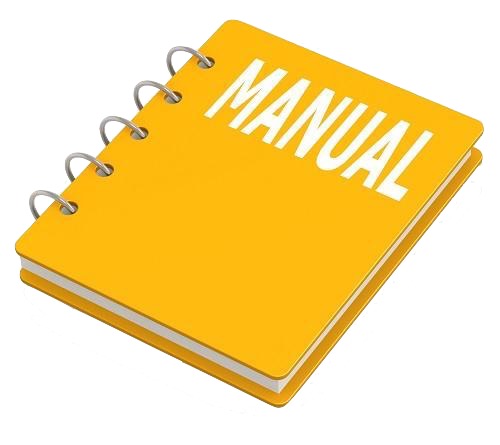INSTANT DOWNLOAD (add to cart)
Nissan Altima 1993-2015 Workshop Repair & Service Manual
Complete digital official shop manual contains service, maintenance, and troubleshooting information for the 1993-2015 Nissan Altima, Altima GLE, Altima GXE, Altima Hybrid, Altima S, Altima SE, Altima SE-R, Altima SL, Altima SR, Altima SV, Altima XE. Diagnostic and repair procedures are covered in great detail to repair, maintain, rebuild, refurbish or restore your vehicle like a professional mechanic in local service/repair workshop. This cost-effective quality manual is 100% complete and intact as should be without any missing pages. It is the same factory shop manual used by dealers that guaranteed to be fully functional to save your precious time.
This manual for 1993-2015 Nissan Altima, Altima GLE, Altima GXE, Altima Hybrid, Altima S, Altima SE, Altima SE-R, Altima SL, Altima SR, Altima SV, Altima XE is divided into different sections. Each section covers a specific component or system and, in addition to the standard service procedures, includes disassembling, inspecting, and assembling instructions. A table of contents is placed at the beginning of each section. Pages are easily found by category, and each page is expandable for great detail. It is in the cross-platform PDF document format so that it works like a charm on all kinds of devices. You do not need to be skilled with a computer to use the manual.
3.8 GB, 10,000+ pages, bookmarked, Searchable, Printable, high quality PDF
Altima (L30 L31 L32 L33 U13)
EXCERPT:
BODY EXTERIOR, DOORS, ROOF & VEHICLE SECURITY
SYSTEM – MOONROOF
MOONROOF : System Diagram
MOONROOF : System Description INFOID:0000000012592548
MOONROOF SYSTEM
INPUT/OUTPUT SIGNAL CHART
MOONROOF OPERATION
• Moonroof motor assembly operates with the power supply that is output from BCM while ignition switch is ON or retained power is operating.
• Tilt up/ down & slide open/ close signals from moonroof switch enables moonroof motor to move arbitrarily.
• Moonroof motor assembly receives a vehicle speed signal from combination meter and controls the moonroof motor torque of tilt-down at the time of high speed operation.
AUTO OPERATION
Moonroof AUTO feature makes it possible to slide open and slide close or tilt up and tilt down the moonroof without holding the moonroof switch in the slide open/tilt down or slide close/tilt up position.
RETAINED POWER OPERATION
• Retained power operation is an additional power supply function that enables the moonroof system to operate during the first 45 seconds that the ignition switch is cycled from the ON position to the OFF position.
Retained power function cancel conditions:
• Front door CLOSE (door switch OFF)→OPEN (door switch ON).
• When ignition switch is ON again.
• When timer time passes. (45 seconds)
ANTI-PINCH FUNCTION
The CPU of moonroof motor assembly monitors the moonroof motor operation and the moonroof position (fully-closed or other) by the signals from moonroof motor.
When moonroof motor detects an interruption during the following slide close and tilt down operation, moonroof switch controls the motor for open and the moonroof will operate until full up position (when tilt down operates) or 100 mm (3.94 in) or more in an open direction (when slide close operates):
• Close operation and tilt down when ignition switch is in the “ON” position.
…
